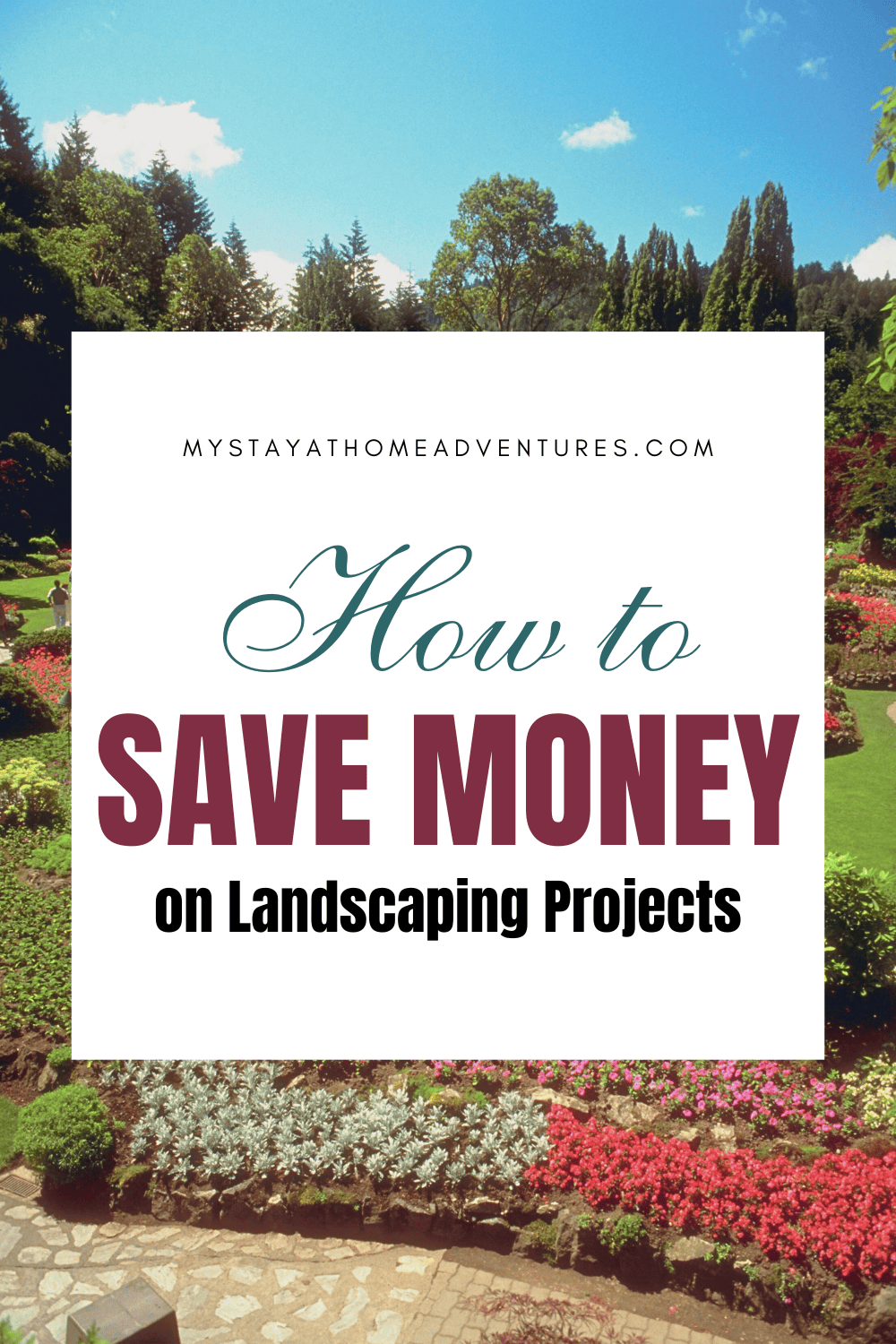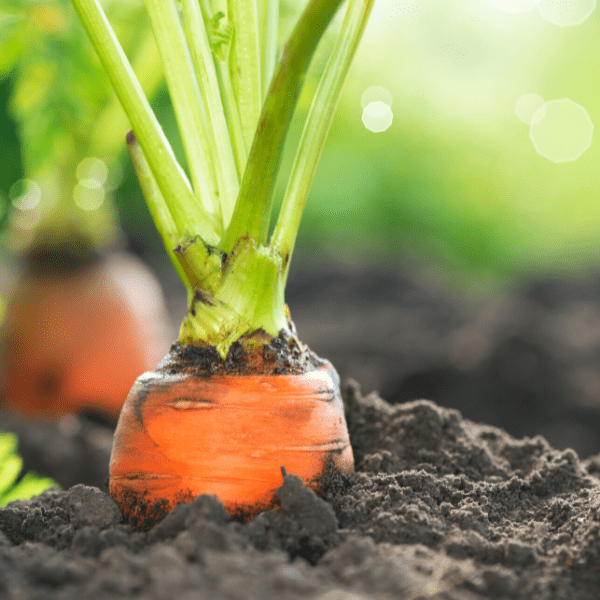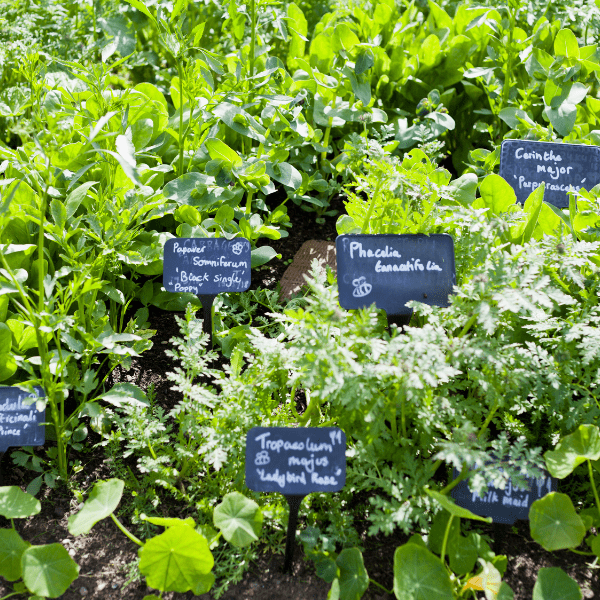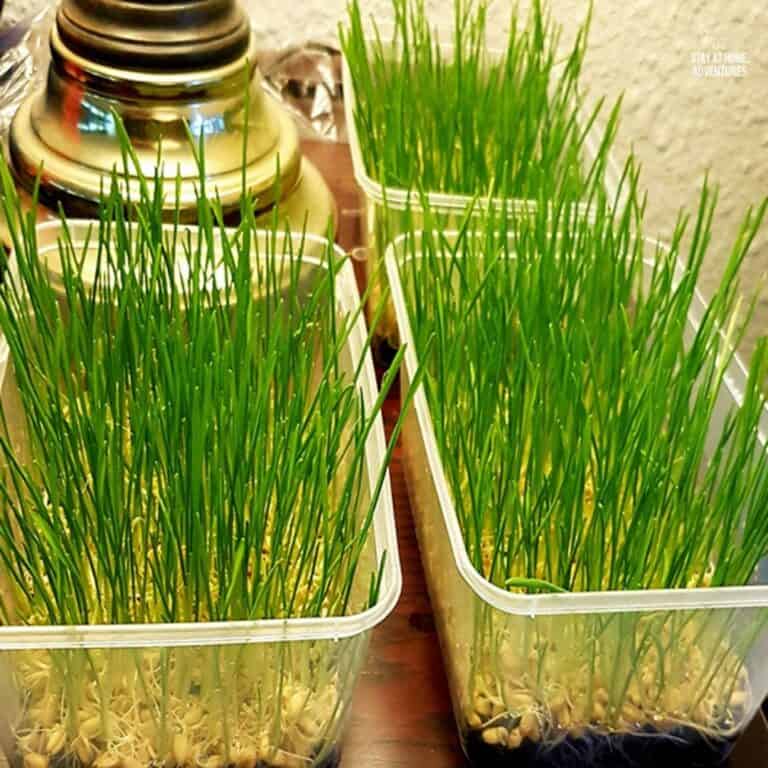How To Save Money on Landscaping Projects
This post may contain affiliate links which might earn us money. Please read my Disclosure and Privacy policies hereEmbarking on a landscaping project can breathe new life into your outdoor space, enhancing aesthetics and creating a haven of natural beauty. However, landscaping endeavors often come with a price tag that can quickly add up.
The cost of a landscaping project in the US can vary greatly depending on the scope of the project, the size of your yard, and whether you're hiring a professional. For instance, a landscape architect typically charges $100 to $250 per hour or 5% to 20% of the total project cost when supervising installation.
General landscaping costs range from $2,600 to $13,700, with the average cost for a landscaping project being around $12,825. If you hire a professional, the cost averages at $3,497 but can range between $1,262 and $6,018 depending on the scope of the project. People usually spend around $10.75 per square foot on landscaping projects, with $3,000 to $15,000 being common ranges for new landscaping.
The national average cost to build a landscape from professional designs is $30,000, but this can vary depending on what landscape features you include. Landscaping averages $1,500-$5,000 for front yards and $15,000 to $50,000 for backyards. Lastly, the national average cost of landscaping is about $3,415, though the cost can vary depending on numerous factors.
Please note that these are just estimates, and the actual cost can vary depending on various factors, such as the complexity of the project, materials used, labor costs, and more.
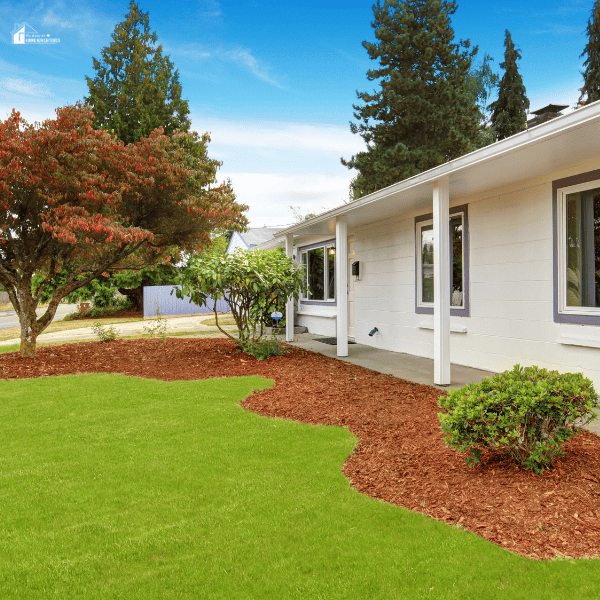
Now that we have that established let's get back to the topic.
Fortunately, there are several smart strategies and practical tips to help you save money on landscaping projects without compromising the final result. In this comprehensive guide, we'll explore cost-effective approaches, efficient planning, and creative ideas that will stretch your landscaping budget further.
1. Thorough Planning and Research:
Before digging into the soil, invest time in thorough planning and research. Identify your landscaping goals, prioritize essential elements, and create a detailed plan. Research local plant varieties that thrive in your climate and soil conditions, as these are likely to be more affordable and require less maintenance. A well-thought-out plan minimizes the risk of costly mistakes and ensures that your resources are allocated efficiently.
2. Set a Realistic Budget:
Establishing a realistic budget is a crucial first step in saving money on landscaping projects. Determine the total amount you're willing to spend and break it down into categories such as plants, materials, and labor. Be sure to leave room for unexpected expenses. Having a clear budgetary framework helps you make informed decisions and avoid overspending.
3. DIY Where Possible:
While some landscaping tasks may require professional expertise, there are numerous elements you can tackle yourself. Simple tasks such as planting, mulching, or building small garden structures can be DIY projects that save money on labor costs.
Online tutorials and resources provide guidance for a wide range of landscaping tasks, empowering homeowners to take a hands-on approach and personalize their outdoor space.
4. Reuse and Recycle Materials:
Embrace sustainability by reusing and recycling materials for your landscaping project. Salvage bricks, stones, or wood from previous construction projects or repurpose materials found on your property.
Not only does this approach save money, but it also adds a unique and eclectic touch to your landscape design. Additionally, consider using compost from kitchen scraps as a nutrient-rich, cost-effective alternative to commercial fertilizers.
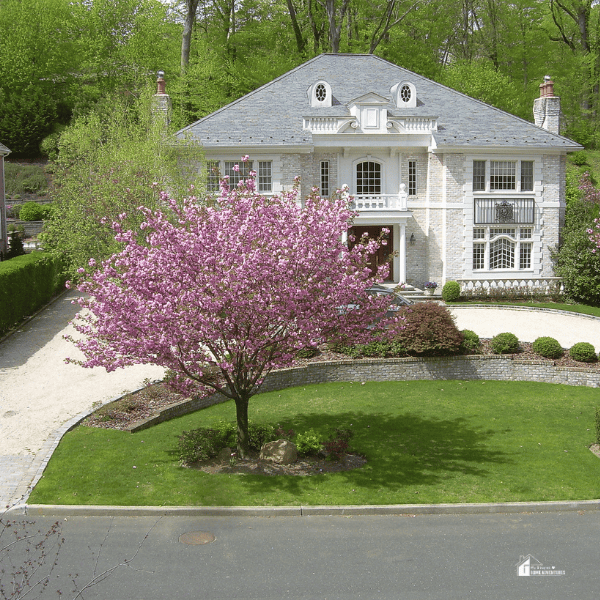
5. Buy in Bulk:
Purchasing landscaping materials in bulk can significantly reduce costs. Whether it's soil, mulch, gravel, or plants, buying in larger quantities often comes with a lower price per unit. Look for local suppliers or garden centers that offer bulk discounts, and plan your purchases accordingly. This strategy is especially cost-effective for larger projects or when you have multiple landscaping tasks to complete.
6. Opt for Native Plants:
Choosing native plants for your landscaping not only benefits the local ecosystem but can also save you money. Native plants are adapted to the local climate and soil conditions, requiring less water and maintenance.
Since they are well-suited to the environment, they are less likely to suffer from diseases or pests, reducing the need for costly interventions. Native plants are often readily available and can be more budget-friendly than exotic species.
7. Seasonal Sales and Discounts:
Take advantage of seasonal sales and discounts offered by garden centers and nurseries. Many retailers offer discounted prices on plants, seeds, and landscaping materials during specific times of the year.
Plan your landscaping project around these sales to maximize savings. Additionally, consider buying perennials, which return each year, providing long-term value for your investment.
8. Start Small and Prioritize:
If you're working with a limited budget, consider starting small and prioritizing key elements of your landscaping project. Focus on high-impact areas such as the entrance or areas visible from your living spaces.
By prioritizing specific features or zones, you can achieve a significant transformation without spreading your resources too thin. As your budget allows, you can gradually expand and enhance other areas of your outdoor space.
9. Explore Alternative Design Materials:
Explore alternative materials that can mimic the look of more expensive options. For example, consider using concrete pavers instead of natural stone for pathways or patios. Concrete can be stained or stamped to replicate the appearance of pricier materials at a fraction of the cost. Look for innovative solutions that provide the aesthetic appeal you desire without breaking the bank.
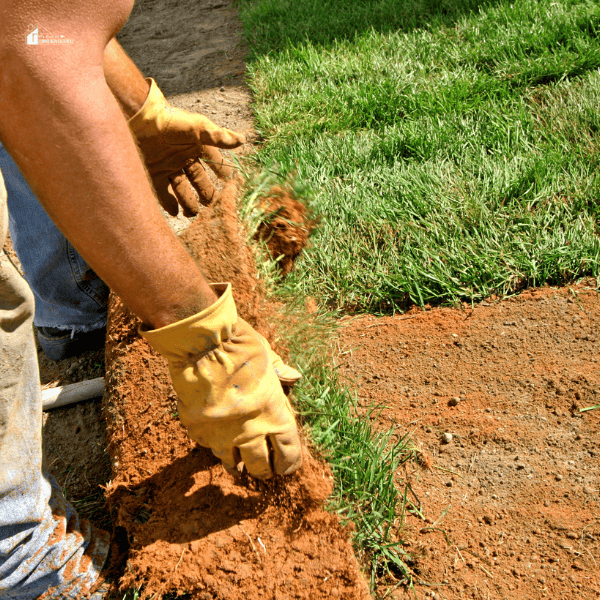
10. Mulch for Aesthetic and Practical Benefits:
Mulching is a cost-effective and multi-functional element in landscaping. Mulch helps retain soil moisture, suppress weeds, and regulate soil temperature. It also adds a polished look to flower beds and around trees.
Instead of opting for expensive materials, consider using organic mulches like wood chips or straw, which are readily available and budget-friendly. Mulching not only improves the aesthetics of your landscape but also reduces maintenance needs.
11. Preserve and Enhance Existing Features:
Assess your existing landscape elements and identify those that can be preserved or enhanced. Mature trees, for example, provide shade and visual interest without the need for significant investment.
Rather than removing such features, design your landscaping project to complement and highlight them. Enhancing what you already have can save money and contribute to the overall sustainability of your outdoor space.
12. Regular Maintenance and Pruning:
Incorporate regular maintenance and pruning into your landscaping routine. Keeping plants well-maintained not only improves their health but also prevents the need for costly corrective measures later on.
Regular pruning promotes the growth of healthy plants, reduces the risk of diseases, and maintains the desired shape and size. By staying proactive in your maintenance efforts, you can save money on potential replacements or extensive repairs.
13. Seek Professional Advice:
While DIY efforts can save money, seeking professional advice at the planning stage can be a wise investment. Consulting with a landscape architect or landscaping designer can help you avoid costly mistakes and ensure that your vision aligns with your budget. Professionals can provide insights into efficient plant selection, layout optimization, and cost-effective design solutions tailored to your specific needs.
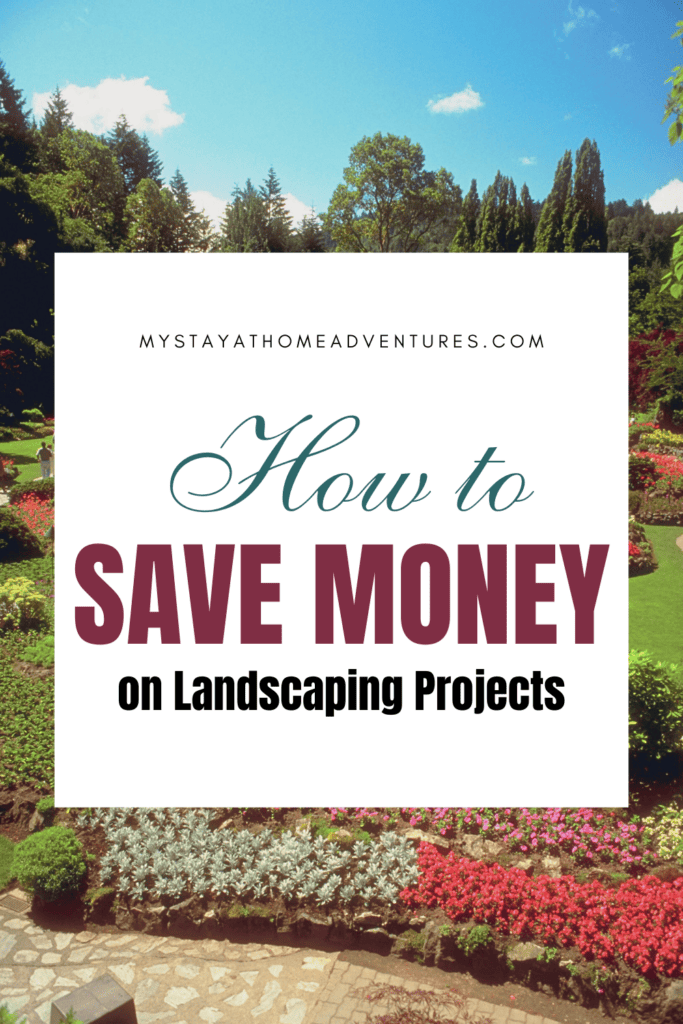
Embarking on a landscaping project doesn't have to break the bank. With strategic planning, resourcefulness, and a bit of creativity, you can create a stunning outdoor space that aligns with your vision and budget.
From DIY initiatives and bulk purchases to embracing native plants and exploring alternative materials, these cost-saving strategies empower homeowners to transform their landscapes without compromising on quality or aesthetics.
By combining these approaches, you can achieve a beautiful and sustainable outdoor environment that enhances your home and provides a welcoming haven for years to come.

